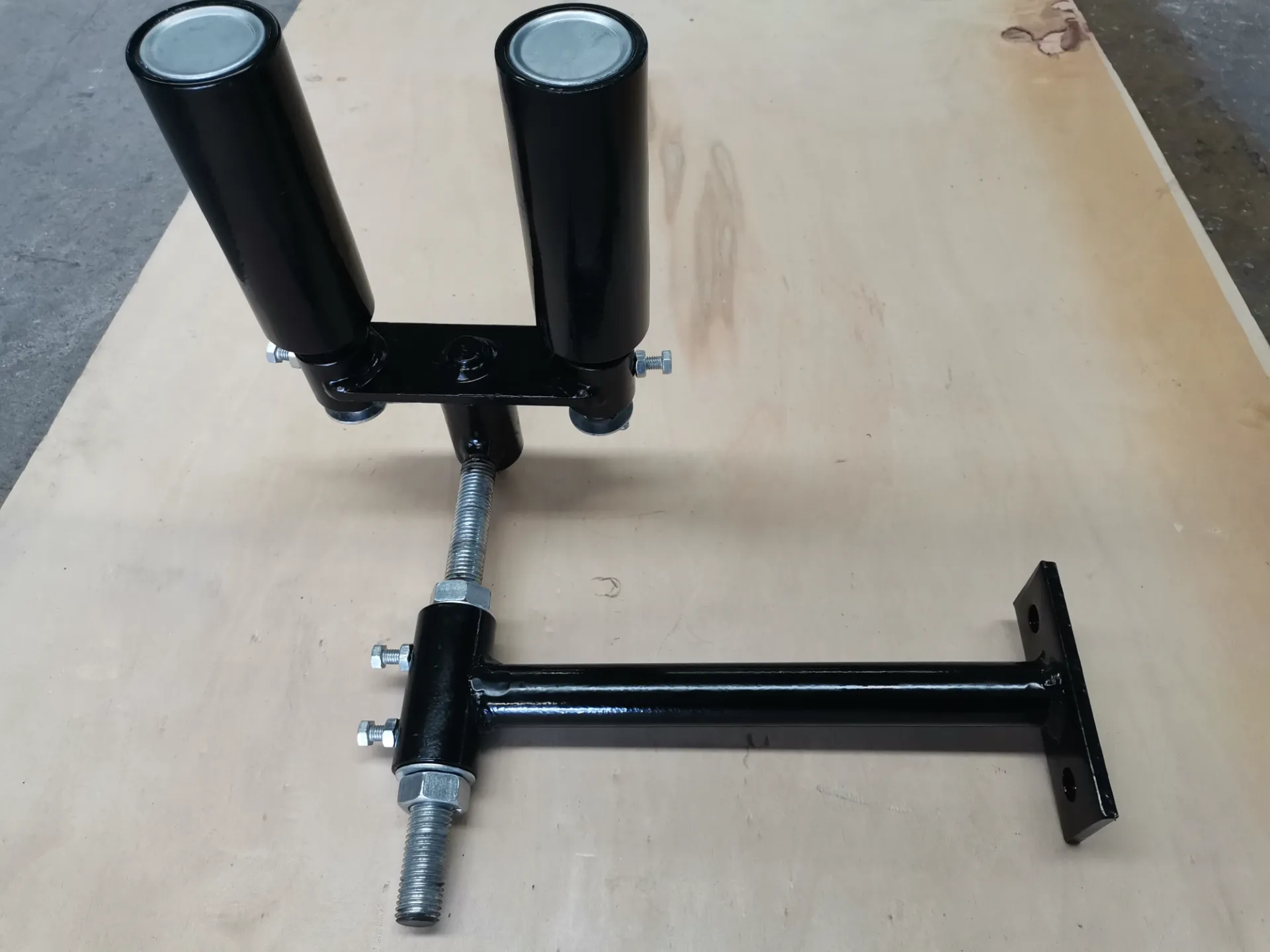 Afrikaans
Afrikaans  Albanian
Albanian  Amharic
Amharic  Arabic
Arabic  Armenian
Armenian  Azerbaijani
Azerbaijani  Basque
Basque  Belarusian
Belarusian  Bengali
Bengali  Bosnian
Bosnian  Bulgarian
Bulgarian  Catalan
Catalan  Cebuano
Cebuano  Corsican
Corsican  Croatian
Croatian  Czech
Czech  Danish
Danish  Dutch
Dutch  English
English  Esperanto
Esperanto  Estonian
Estonian  Finnish
Finnish  French
French  Frisian
Frisian  Galician
Galician  Georgian
Georgian  German
German  Greek
Greek  Gujarati
Gujarati  Haitian Creole
Haitian Creole  hausa
hausa  hawaiian
hawaiian  Hebrew
Hebrew  Hindi
Hindi  Miao
Miao  Hungarian
Hungarian  Icelandic
Icelandic  igbo
igbo  Indonesian
Indonesian  irish
irish  Italian
Italian  Japanese
Japanese  Javanese
Javanese  Kannada
Kannada  kazakh
kazakh  Khmer
Khmer  Rwandese
Rwandese  Korean
Korean  Kurdish
Kurdish  Kyrgyz
Kyrgyz  Lao
Lao  Latin
Latin  Latvian
Latvian  Lithuanian
Lithuanian  Luxembourgish
Luxembourgish  Macedonian
Macedonian  Malgashi
Malgashi  Malay
Malay  Malayalam
Malayalam  Maltese
Maltese  Maori
Maori  Marathi
Marathi  Mongolian
Mongolian  Myanmar
Myanmar  Nepali
Nepali  Norwegian
Norwegian  Norwegian
Norwegian  Occitan
Occitan  Pashto
Pashto  Persian
Persian  Polish
Polish  Portuguese
Portuguese  Punjabi
Punjabi  Romanian
Romanian  Russian
Russian  Samoan
Samoan  Scottish Gaelic
Scottish Gaelic  Serbian
Serbian  Sesotho
Sesotho  Shona
Shona  Sindhi
Sindhi  Sinhala
Sinhala  Slovak
Slovak  Slovenian
Slovenian  Somali
Somali  Spanish
Spanish  Sundanese
Sundanese  Swahili
Swahili  Swedish
Swedish  Tagalog
Tagalog  Tajik
Tajik  Tamil
Tamil  Tatar
Tatar  Telugu
Telugu  Thai
Thai  Turkish
Turkish  Turkmen
Turkmen  Ukrainian
Ukrainian  Urdu
Urdu  Uighur
Uighur  Uzbek
Uzbek  Vietnamese
Vietnamese  Welsh
Welsh  Bantu
Bantu  Yiddish
Yiddish  Yoruba
Yoruba  Zulu
Zulu Guide Roller Design and Applications for Efficient Machinery Operation
Understanding Guide Rollers Importance and Functionality
Guide rollers, an essential component in various mechanical systems, play a critical role in ensuring smooth operations and efficient functionality. These rollers facilitate the movement of materials and components in numerous applications, ranging from manufacturing to automotive systems. This article delves into the significance, types, and applications of guide rollers, highlighting their importance in today’s industrial landscape.
The Role of Guide Rollers
The primary function of guide rollers is to provide a guiding mechanism that ensures the alignment and smooth motion of moving parts within a machine. Often used in conveyor systems, printing presses, and packaging equipment, guide rollers help to minimize friction and wear between parts, ultimately extending the lifespan of machinery. By allowing items to travel along a designated path, they reduce the chances of misalignment and operational failures, which can result in costly downtime.
Types of Guide Rollers
Guide rollers come in multiple varieties, each designed to cater to specific requirements based on the application. Some common types include
1. Plastic Guide Rollers These are lightweight and resistant to corrosion or chemical damage, making them ideal for environments where materials are frequently exposed to harsh substances.
2. Rubber Guide Rollers Known for their ability to absorb shocks and vibrations, rubber rollers are often employed in applications where noise reduction and impact resistance are critical.
guide roller

3. Metal Guide Rollers Offering durability and strength, metal rollers are often utilized in heavy-duty applications where load-bearing capability and long service life are paramount.
4. Adjustable Guide Rollers These types can be tailored to fit different operating conditions, providing flexibility in various setups.
Each type of guide roller comes with its set of features and benefits, making it essential for engineers and designers to select the appropriate roller for their specific applications.
Applications in Industry
The versatility of guide rollers allows their use across various industries. In manufacturing, they are prominently featured in conveyor systems that transport goods from one stage of production to another. In the automotive sector, guide rollers assist in the assembly line, ensuring that various components fit together seamlessly. Similarly, in packaging, guide rollers facilitate the movement of products through machines, enhancing efficiency and accuracy.
Apart from traditional manufacturing and automotive uses, guide rollers find applications in more innovative fields. In robotics, for instance, they help create smoother movements in robotic arms and automated systems. Additionally, in the construction industry, they are utilized in cranes and other heavy machinery to aid in the movement of significant loads.
Conclusion
In conclusion, guide rollers are an integral part of numerous mechanical systems, supporting operational efficiency and productivity across various industries. Their ability to facilitate smooth movement, reduce friction, and extend equipment lifespan underscores their importance. As technology advances and manufacturing processes become increasingly complex, the role of guide rollers will undoubtedly continue to evolve, ensuring that they remain pivotal in driving efficiency and innovation in industrial applications. Understanding their functionality and application can lead engineers and designers to make informed decisions when selecting components for their machines, ensuring seamless operations and enhanced productivity.
-
Revolutionizing Conveyor Reliability with Advanced Rubber Lagging PulleysNewsJul.22,2025
-
Powering Precision and Durability with Expert Manufacturers of Conveyor ComponentsNewsJul.22,2025
-
Optimizing Conveyor Systems with Advanced Conveyor AccessoriesNewsJul.22,2025
-
Maximize Conveyor Efficiency with Quality Conveyor Idler PulleysNewsJul.22,2025
-
Future-Proof Your Conveyor System with High-Performance Polyurethane RollerNewsJul.22,2025
-
Driving Efficiency Forward with Quality Idlers and RollersNewsJul.22,2025





























